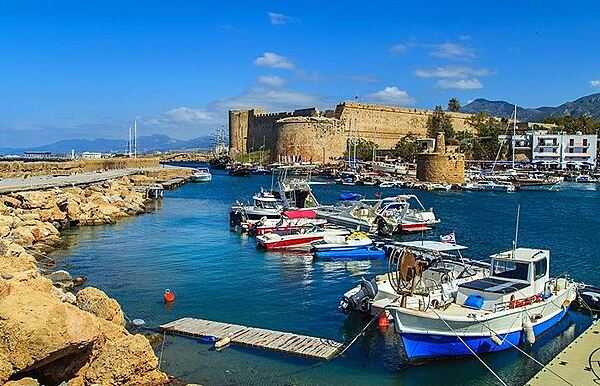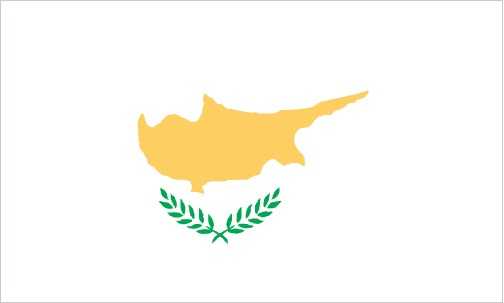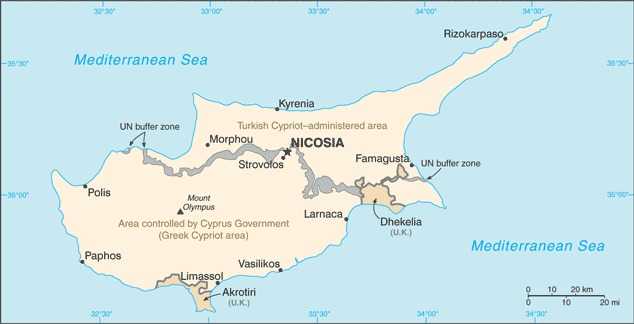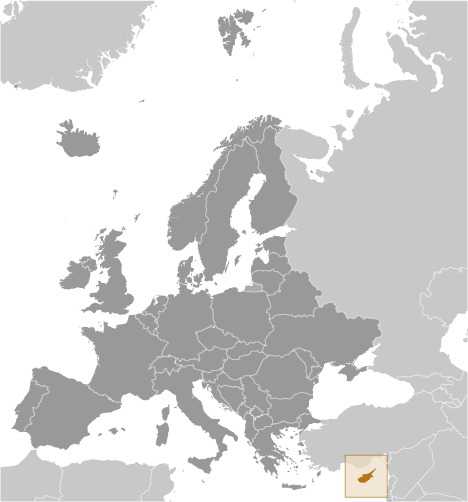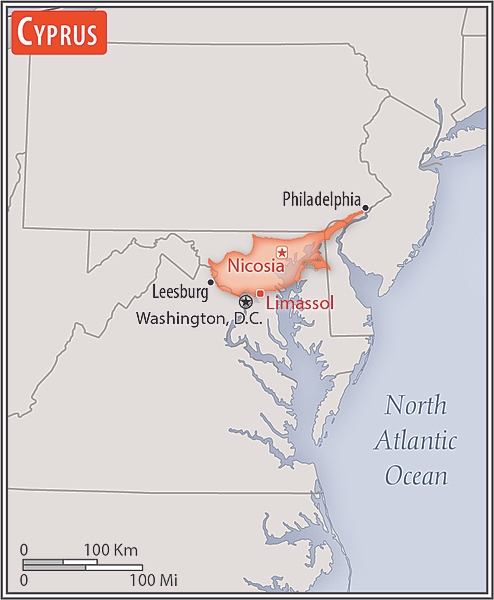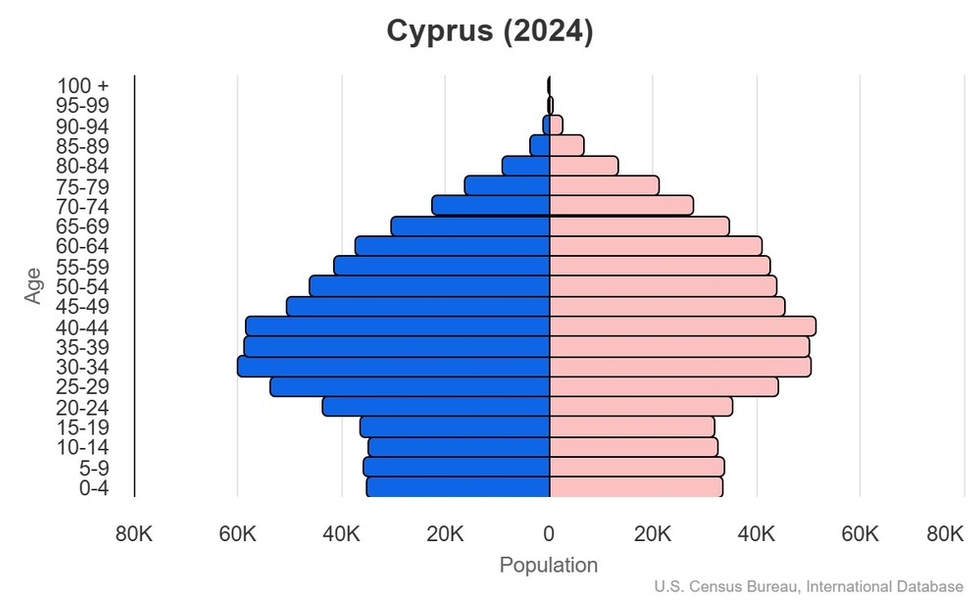Introduction
Visit the Definitions and Notes page to view a description of each topic.
Geography
People and Society
Population
comparison rankings: total 158; male 158; female 157
Languages
Median age
comparison ranking: total 67
Population growth rate
comparison ranking: 95
Birth rate
comparison ranking: 182
Death rate
comparison ranking: 123
Net migration rate
comparison ranking: 13
Maternal mortality ratio
comparison ranking: 140
Infant mortality rate
comparison ranking: total 144
Life expectancy at birth
comparison ranking: total population 56
Total fertility rate
comparison ranking: 203
Obesity - adult prevalence rate
comparison ranking: 84
Alcohol consumption per capita
comparison ranking: total 26
Tobacco use
comparison ranking: total 13
Education expenditure
comparison ranking: Education expenditure (% GDP) 59
Environment
Carbon dioxide emissions
comparison ranking: total emissions 126
Government
Economy
Real GDP (purchasing power parity)
comparison ranking: 130
Real GDP growth rate
comparison ranking: 103
Real GDP per capita
comparison ranking: 36
Inflation rate (consumer prices)
comparison ranking: 47
GDP - composition, by sector of origin
comparison rankings: agriculture 170; industry 185; services 16
Industrial production growth rate
comparison ranking: 52
Labor force
comparison ranking: 153
Unemployment rate
comparison ranking: 110
Youth unemployment rate (ages 15-24)
comparison ranking: total 76
Gini Index coefficient - distribution of family income
comparison ranking: 110
Public debt
comparison ranking: 25
Taxes and other revenues
comparison ranking: 21
Current account balance
comparison ranking: 160
Reserves of foreign exchange and gold
comparison ranking: 124
Energy
Electricity
comparison rankings: installed generating capacity 118; consumption 129; transmission/distribution losses 55
Energy consumption per capita
comparison ranking: 42
Communications
Telephones - fixed lines
comparison ranking: total subscriptions 110
Telephones - mobile cellular
comparison ranking: total subscriptions 160
Broadband - fixed subscriptions
comparison ranking: total 110
Transportation
Merchant marine
comparison ranking: total 23
